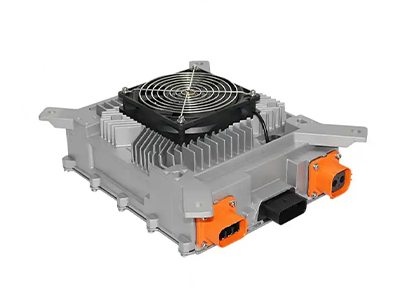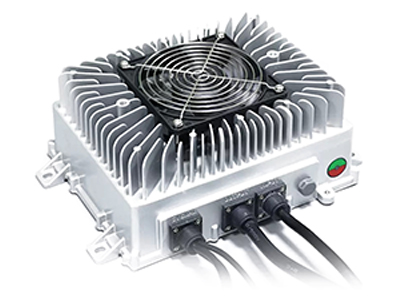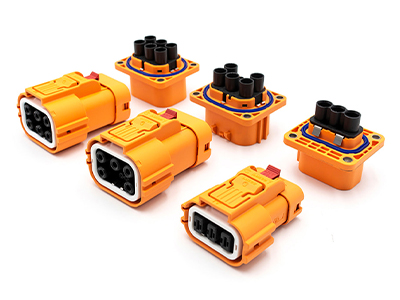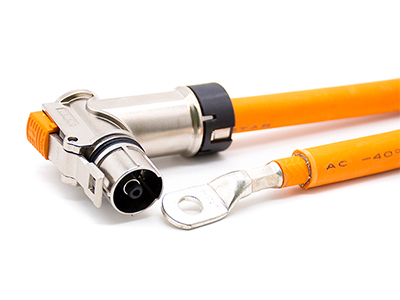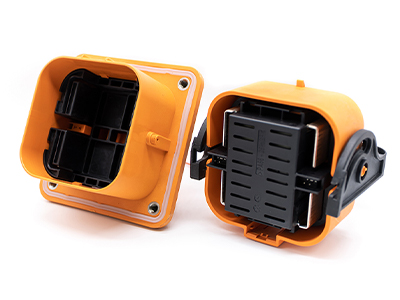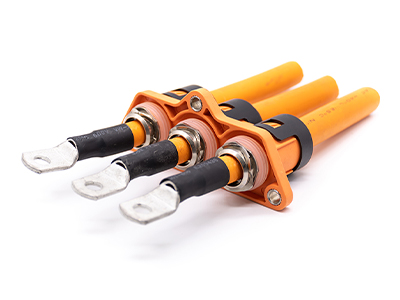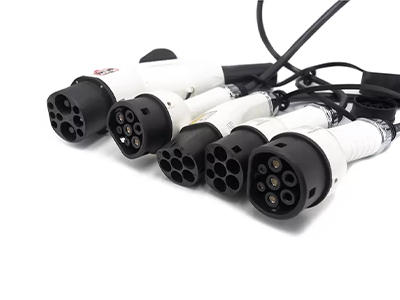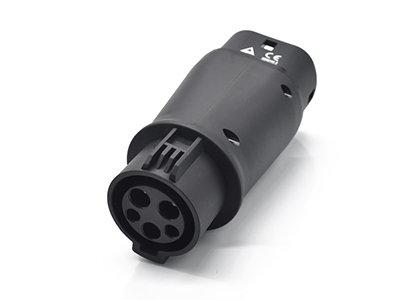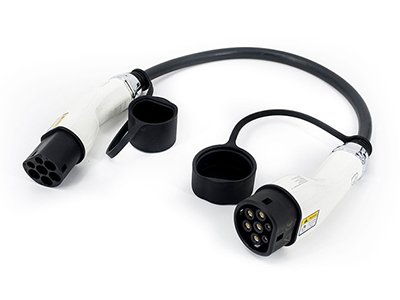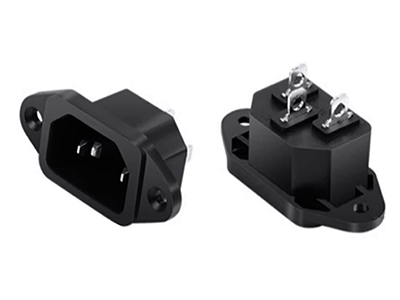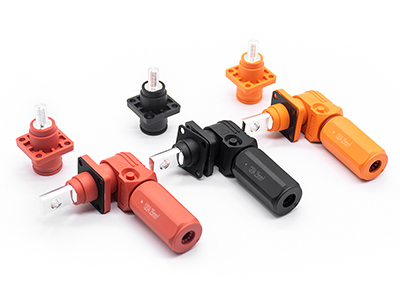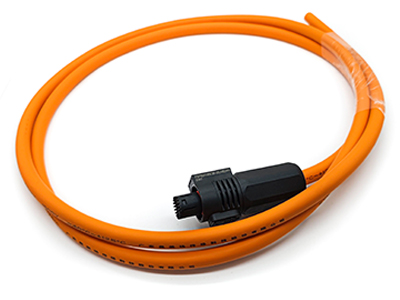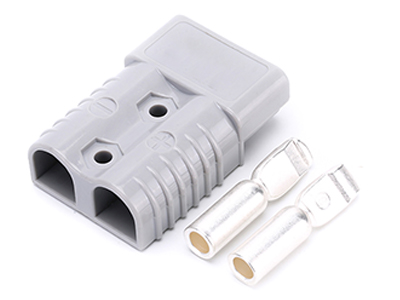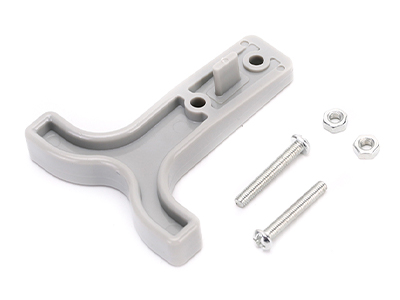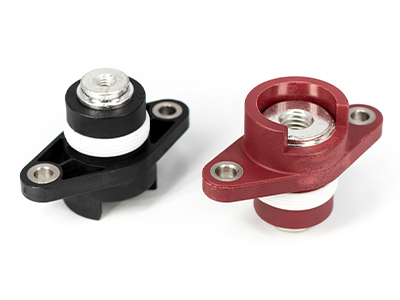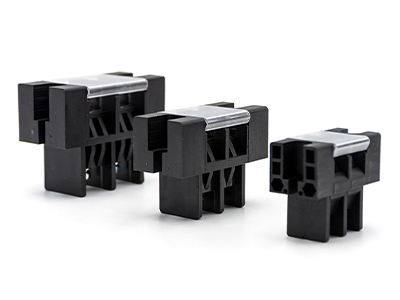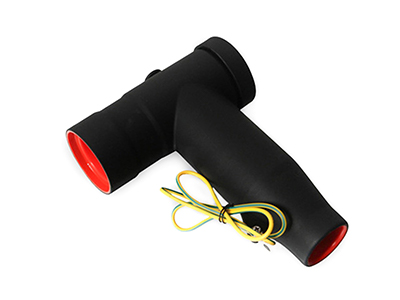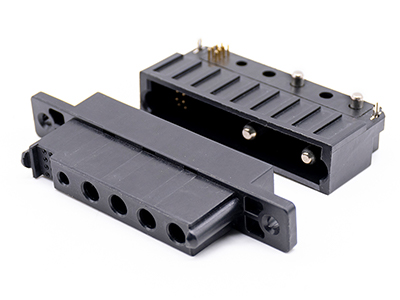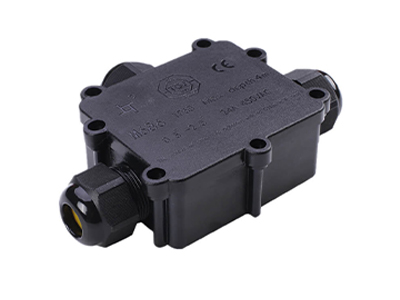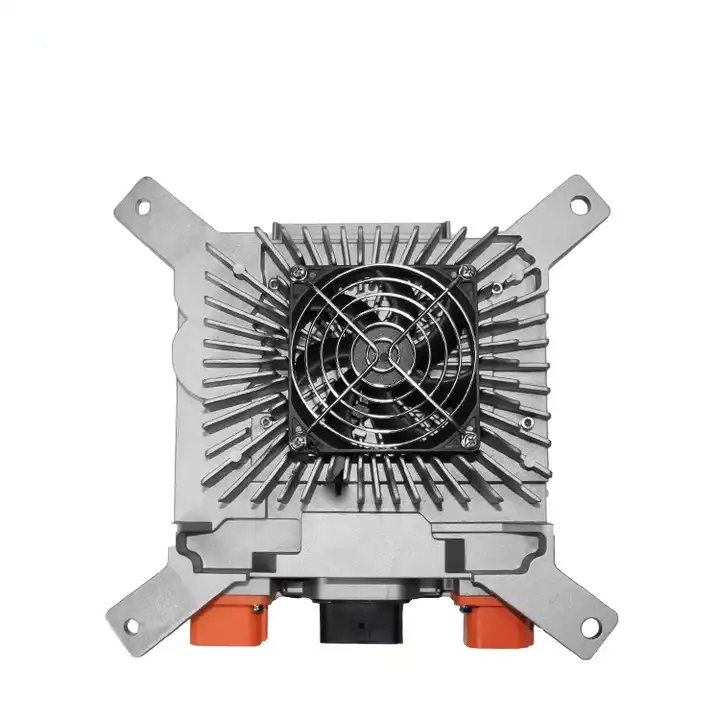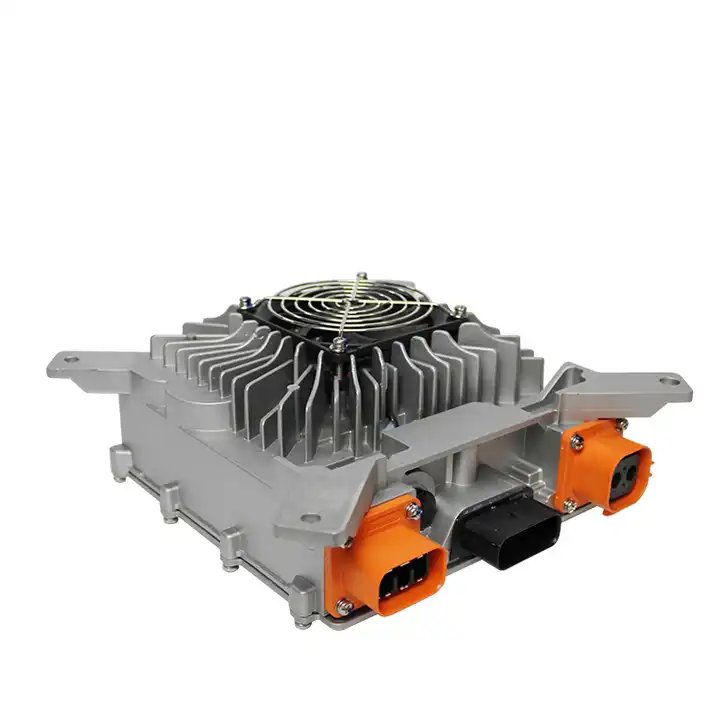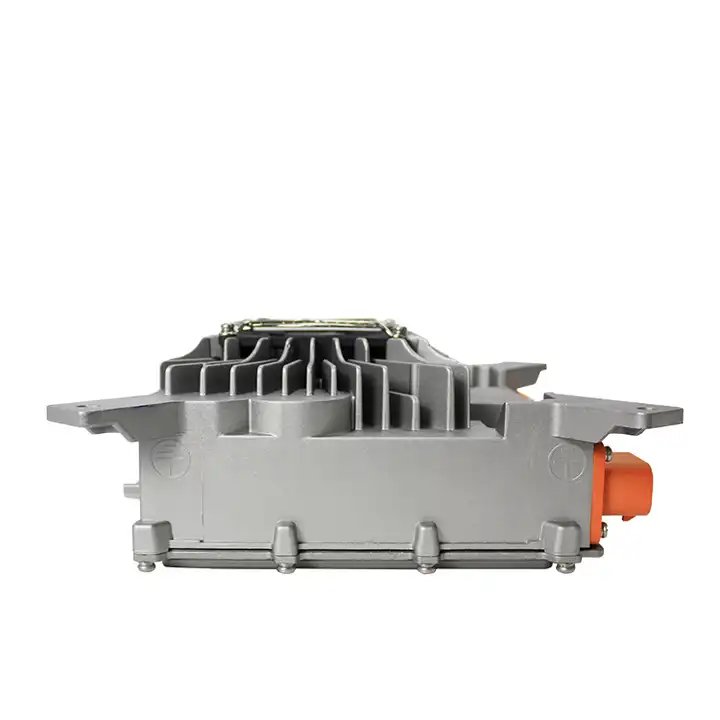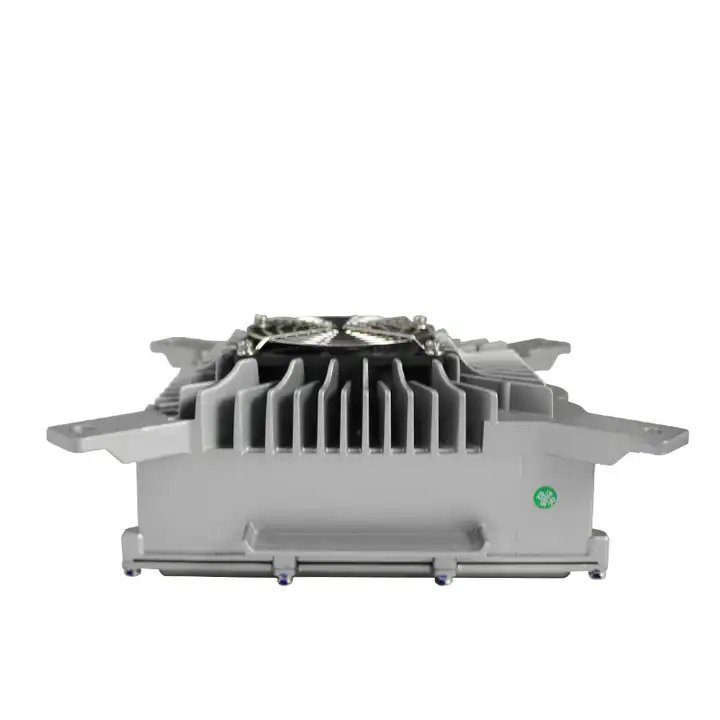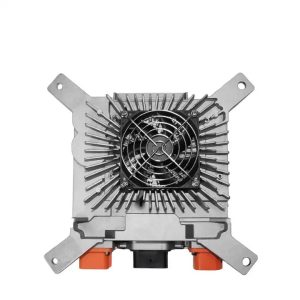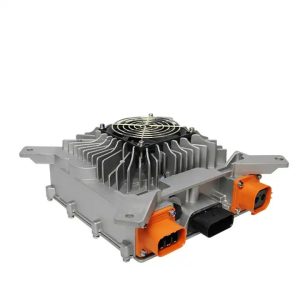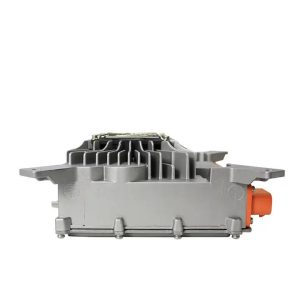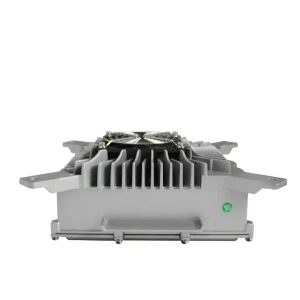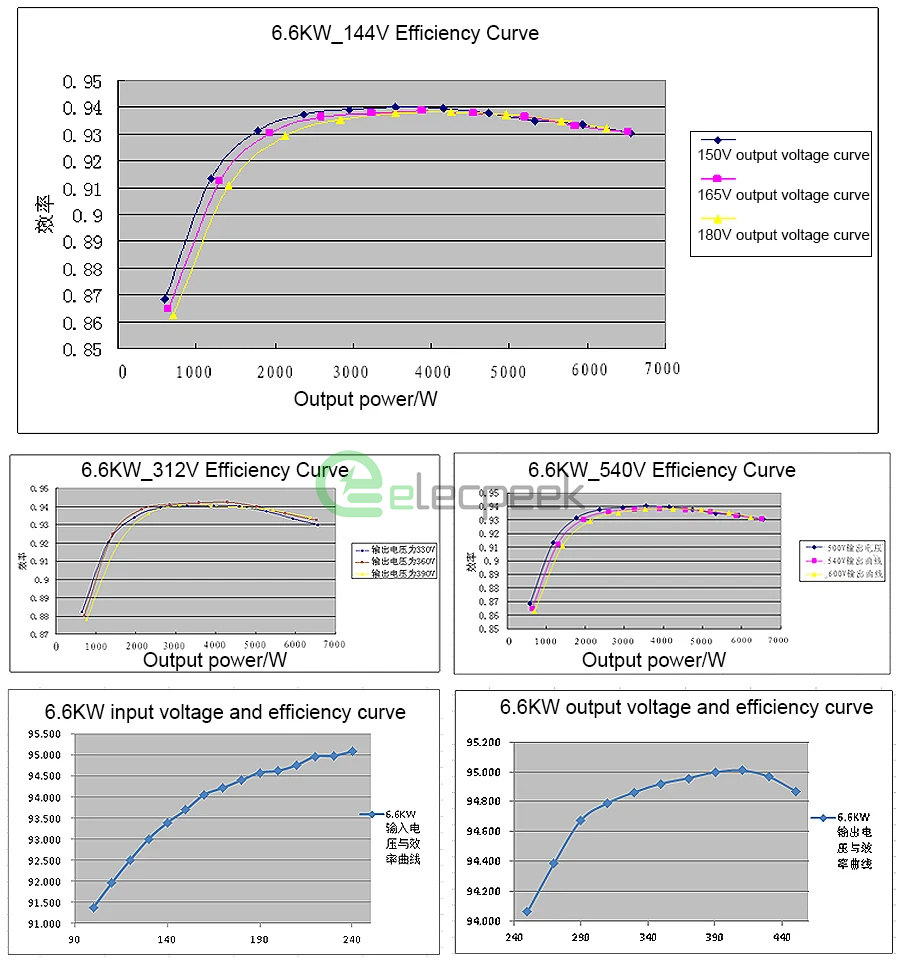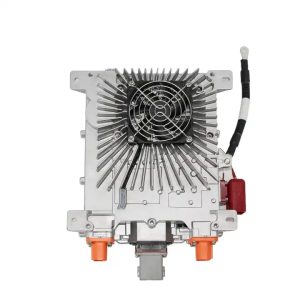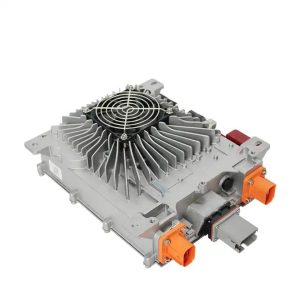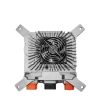Elecpeek 3.3KW Low Voltage On-board Charger – 108V
Elecpeek’s on-board charger offers unparalleled performance, even in demanding conditions, thanks to its full-sealed process and IP67 protection level.
- Support UDS diagnosis
- CAN wake-up function
- Full-sealed process
- Built-in thermal sensor
- Shut off when temperature up to 90℃
- Protection level with IP67
1. High-quality charging solution
Our On-board charger is Specifically designed and manufactured in accordance with the international standard for Electric Vehicle Chargers
Ensuring reliable and efficient charging for new energy vehicles.
2. Seamless compatibility
Compatible with a wide range of electric vehicles
A versatile choice for various models and brands.
3. Robust and durable construction:
Crafted with premium materials, Built to last, providing long-term reliability and durability for frequent use.
4. Simplified charging process
User-friendly interface
Offers a hassle-free and intuitive charging experience
Making it convenient for both novice and experienced users.
1. Up to 95% efficiency
2.IP67 high protection level
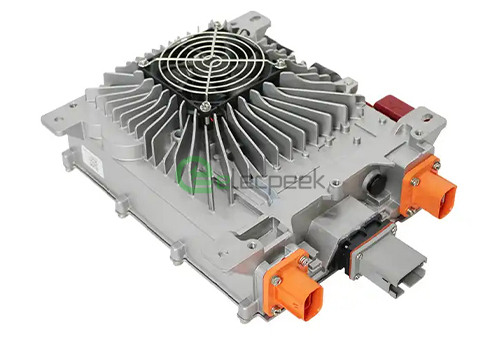
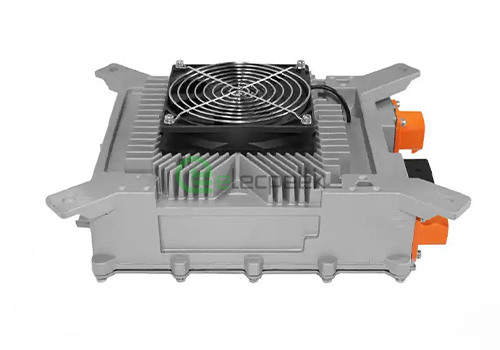
3. 100% full load aging test.
4. Wide range of operating temperatures
5. Strong protection function.
6. The seismic rating of automobile.
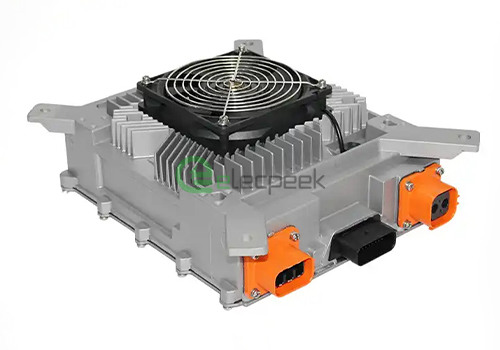
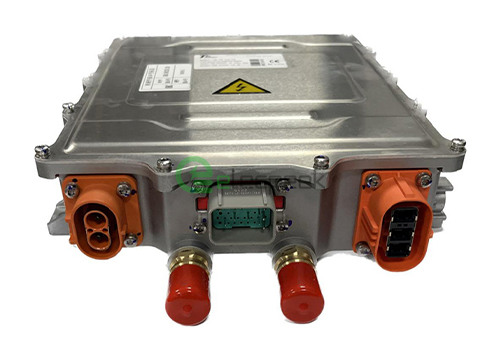
7. In the process of charging the battery for intelligent temperature compensation to maximize the battery life.
Application
On-board chargers are integral components of electric vehicles (EVs) and plug-in hybrid electric vehicles (PHEVs). They convert Alternating Current (AC) from the grid (or any other AC source) to Direct Current (DC) for charging the vehicle’s battery. Electric boats and other marine vehicles also use on-board chargers. These chargers may need to be particularly robust to withstand the harsh marine environment.
| Specifications | |||
|---|---|---|---|
| Series | High Voltage |
||
| Cooling way | Enforce Air Cooling, liquid-cooling |
||
| Charging Control | CAN or Enable |
||
| Specifications | |||
| Series | High Voltage |
Cooling way | Enforce Air Cooling, liquid-cooling |
| Charging Control | CAN or Enable |
||
| Electrical | |||
|---|---|---|---|
| Input voltage range | AC 90~265V |
||
| Input Current | ≤16A |
||
| Frequency | 47~63HZ |
||
| Power Factor | ≥0.98 @ ≥1650W |
||
| Stand-by power consumption | ≤5W |
||
| Starting inrush current | ≤24A |
||
| Nominal Voltage Platform | 108V |
||
| Output voltage range | 80V-161V |
||
| Max output current | 32A |
||
| Output power | 3300W@220VAC;1650W@110VAC |
||
| Electrical | |||
| Input voltage range | AC 90~265V |
Input Current | ≤16A |
| Frequency | 47~63HZ |
Power Factor | ≥0.98 @ ≥1650W |
| Stand-by power consumption | ≤5W |
Starting inrush current | ≤24A |
| Nominal Voltage Platform | 108V |
Output voltage range | 80V-161V |
| Max output current | 32A |
Output power | 3300W@220VAC;1650W@110VAC |
| Environmental | |||
|---|---|---|---|
| Ingress Protection | IP67 |
||
| Operating Temperature | – 40℃~85℃ |
||
| Storage temperature | – 40℃~105℃ |
||
| Environmental | |||
| Ingress Protection | IP67 |
Operating Temperature | – 40℃~85℃ |
| Storage temperature | – 40℃~105℃ |
||
| Series | High Voltage |
|---|---|
| Input voltage range | AC 90~265V |
| Input Current | ≤16A |
| Frequency | 47~63HZ |
| Power Factor | ≥0.98 @ ≥1650W |
| Stand-by power consumption | ≤5W |
| Starting inrush current | ≤24A |
| Nominal Voltage Platform | 108V |
| Output voltage range | 80V-161V |
| Max output current | 32A |
| Output power | 3300W@220VAC;1650W@110VAC |
| Cooling way | Enforce Air Cooling, liquid-cooling |
| Ingress Protection | IP67 |
| Operating Temperature | – 40℃~85℃ |
| Storage temperature | – 40℃~105℃ |
| Charging Control | CAN or Enable |
The charging station support of OBC depends on its compatible charging interface standard, including home charging posts, public charging stations, etc.
The compatibility and standards of OBC include charging interface standards, charging rates, communication protocols, and safety standards.
The reliability and durability of OBC depend on the following factors:
- Design quality and manufacturing process
- Temperature management
- Overload protection
- Environmental adaptability
Smart features of OBC may include remote monitoring, charging appointments, charging schedule optimization, charging history, smart energy management, charging location navigation, and remote diagnostics and maintenance.
The safety of OBC is realized through measures such as overload protection, short circuit protection, temperature monitoring and strict compliance with safety standards.
Elecpeek's On-Board Charger works by converting AC power from an external source, such as a charging station or wall outlet, into DC power that can be stored in the EV battery.
The charging time for an EV using OBC depends on the battery size, charge level, and the charging speed provided by the charger. Typically, it takes between 1 to 12 hours to fully charge an EV using OBC.
Yes, a damaged or faulty OBC can result in overcharging, overcharging, or overheating the battery, which can decrease the lifespan of the battery. It is essential to ensure the proper maintenance and functioning of OBC.
OBC is used for level 1 and 2 charging and provides a lower charging speed than a DC fast charger. DC fast chargers are used for level 3 charging and can provide up to 80% charging in 30 minutes.
Yes, hybrid vehicles also use OBC to charge the battery.

